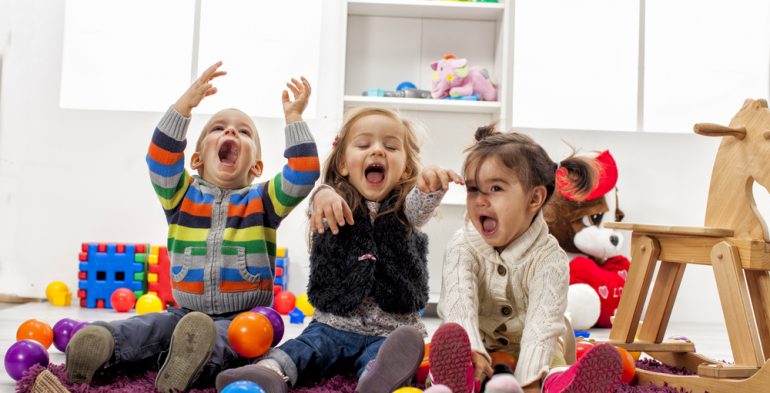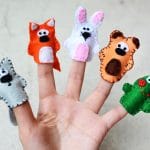
If asked to imagine your child’s first learning environment, you will likely picture a classroom with tables and chairs and the now out-dated chalk board. But a child’s learning starts well before he enters his first classroom. And through the most unlikely of sources – play.
“Neuroscience tells us that play is critical in helping the brain to work and learn,” Dr. Jill Stamm explains in her book Bright from the Start. “Play allows children to explore the physical world, to test their own capabilities and limits and, most importantly, to understand themselves in relationships they are building with key people in their widening world.”
As a parent, you can create your child’s first classroom at home by introducing your child to productive and fun play-based activities with things you have lying around your home. Before we get into the activities, we have a couple of important classroom rules:
1. Speak, speak, speak! One of the most important means of learning for little ones is language. The more you speak, the more your little one will absorb. Be as descriptive and as detailed oriented as possible, and speak to your child any time that you can. For example, as you are entering the car, give a step by step explanation of your actions: “Here we are getting into our big blue car again; wait, first we have to open the big square door with the black handle and now we have to put in the silver metal key into the ignition in order to turn on the engine. Do you hear the engine roar? Now we know that the car is on.” You may feel silly describing what seems obvious to you and speaking about concepts that seem too sophisticated for a young child, but use of language is an incredibly valuable learning opportunity for a child so speak, speak, speak (especially when there are no other people within hearing distance in order to avoid getting weird stares)!
2. Repetition is encouraged. Do not feel that you have to come up with a different activity every hour and a new set of activities every day. Repetition causes consistent neural activity that results in brain development: the more you repeat a stimulating activity, the more it resonates with the child, a pattern starts to be formed in his brain and brain development occurs.
3. Create a positive learning environment. Children are extremely sensitive to their surroundings and the energy around them. In order to have your little one get the most out of their play time, set up a play space in a relaxing and happy environment with lots of natural light if possible and get rid of any distractions that can grab your child’s attention (remove his other toys and turn off the television etc.).










